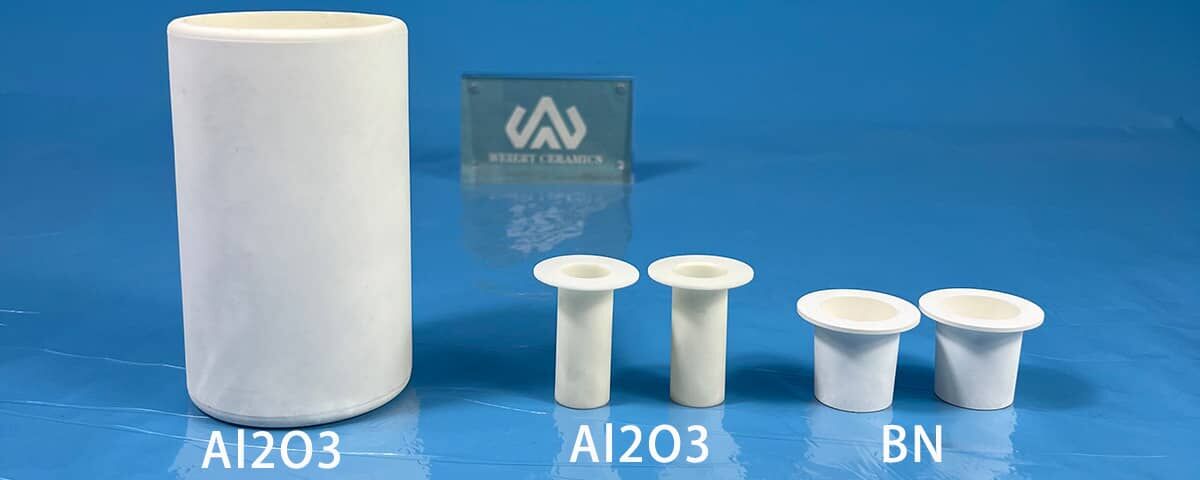물리적 기상 증착(PVD) 공정에서 도가니는 고체 금속이나 화합물을 담는 데 사용되며, 그런 다음 증발 또는 승화 지점까지 가열됩니다. 이를 통해 증발된 물질이 기판에 얇은 필름으로 응축됩니다. 많은 용융 물질에는 도가니 라이너가 필요하며, 도가니의 실제 충전 용량은 라이너의 부피에 따라 달라집니다.
고온에서 원치 않는 화학 반응을 피하기 위해 도가니와 라이너를 신중하게 선택해야 합니다. 호환되지 않는 도가니 재료는 용융물을 부식시키거나 오염시킬 수 있으며, 이는 제품 품질을 저하시킬 수 있습니다.
고온 공정에서 중요한 문제는 도가니와 용융된 재료 사이의 열 팽창 불일치입니다. 가열하는 동안 용융된 재료는 일반적으로 도가니보다 더 빨리 팽창하여 벽에 압력을 가하고 잠재적으로 균열이나 변형을 초래합니다. 마찬가지로 냉각하는 동안 재료가 수축함에 따라 응력이 발생할 수 있으며, 특히 도가니에 과도한 양의 잔류 재료가 있는 경우 더욱 그렇습니다.
도가니 충전 권장 사항
도가니가 채워지는 정도는 증착 물질의 유형에 따라 달라지며, 승화 물질, 용융 물질, 화합물 사이에서 상당히 달라질 수 있습니다.
승화 재료:최적의 성능을 위해 도가니를 90% 용량까지 채웁니다. 일정 전력 또는 온도 증발에서 증기 분포와 속도는 재료가 소모됨에 따라 변하지만 승화 재료(예: 염)는 일반적으로 최소한의 문제를 보입니다.
용융 재료/비승화 재료:승화되지 않는 재료에 권장되는 충전 수준은 도가니 용량의 75%입니다. 과충전은 재가열 시 도가니와 산화 알루미늄과 같은 재료 사이의 열 팽창 차이로 인해 균열이 발생할 수 있습니다.
화합물:화학 화합물의 경우, 일반적으로 도가니가 약 50% 채워지고 증발 중에 재료가 약 17%로 줄어들 때 가장 좋은 결과가 달성됩니다. 증기 품질(예: 해리, 증기 온도 또는 속도)이 중요한 경우 증발 프로세스를 최적화하기 위해 추가 조정이 필요할 수 있습니다.
교차 오염을 피하기 위해 각 도가니는 단일 유형의 재료를 가열하는 데 전용하는 것이 좋습니다. 일부 유기 화합물은 적절한 세척으로 완전히 제거할 수 있지만 다른 유기 화합물은 제거하기 어려울 수 있습니다. 세척의 성공 여부는 특정 유기 화합물과 소성 온도에 따라 달라집니다.
또는 도가니를 유기 물질의 정상 증발점보다 훨씬 높은 온도로 가열하면 잔류물을 태워서 자체 세척이 가능해집니다.

맞춤형 도가니 모양, 기공 크기, 재료 또는 기타 특수 요구 사항에 대해서는 맞춤형 솔루션을 위해 당사에 문의하세요.